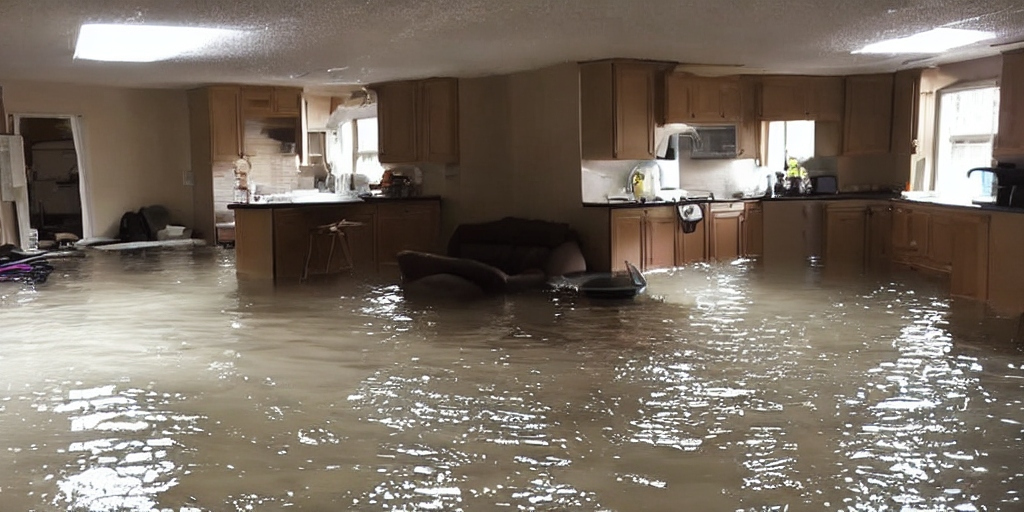Water damage is a common yet often devastating issue for homeowners. From burst pipes to natural disasters, it can wreak havoc on properties, leading to costly repairs and health hazards. In this guide, we’ll delve into the differences between water mitigation and water damage restoration, clarify the disparities between remediation and restoration, highlight the primary concerns associated with water damage, and explore the feasibility of in-house water damage repair solutions.
Water mitigation is the initial step taken to minimize the damage caused by water intrusion. It involves prompt action to stop the source of water, assess the extent of the damage, and implement measures to prevent further harm. On the other hand, water damage restoration focuses on the comprehensive process of returning the affected property to its pre-loss condition. This entails drying, dehumidification, cleaning, and repair of damaged structures and contents.
Also Read: Comprehensive Guide to Water Damage Restoration and Repair: Everything You Need to Know
Understanding the difference between remediation and restoration is crucial in addressing water damage effectively. Remediation involves the removal of water and moisture to prevent mold growth and structural deterioration. Restoration, on the other hand, encompasses the entire process of repairing and restoring the property to its original state.
The biggest concern with water damage is the potential for long-term structural damage and health hazards. Mold growth, weakened foundations, and electrical hazards are among the serious consequences of untreated water damage. Moreover, water damage can compromise the integrity of building materials, leading to costly repairs and decreased property value.

While some minor water damage issues can be addressed through DIY methods, it’s advisable to seek professional assistance for comprehensive restoration and repair. Certified water damage restoration professionals have the expertise, equipment, and protocols to effectively mitigate and restore properties affected by water damage.
For those searching for water damage restoration and repair services, cost and proximity are key considerations. Factors influencing water damage restoration cost include the extent of the damage, the type of water involved (clean water, gray water, or black water), and the size of the affected area. Additionally, proximity to reliable restoration companies ensures prompt response and efficient restoration, minimizing further damage and inconvenience.
Companies like Servpro offer professional water damage restoration and repair services, following industry-standard protocols to ensure thorough restoration. The water damage restoration process typically involves assessment, water extraction, drying and dehumidification, cleaning and sanitization, and restoration of damaged materials and belongings.
Also Read: Water Leak Remediation: Effective Solutions for Water Damage
In conclusion, addressing water damage promptly and effectively is essential for mitigating long-term damage and restoring the affected property’s integrity. Understanding the differences between mitigation and restoration, as well as remediation and restoration, empowers homeowners to make informed decisions in dealing with water damage incidents. By enlisting the services of certified professionals and following best practices, property owners can minimize the impact of water damage and restore their homes to their former glory.










